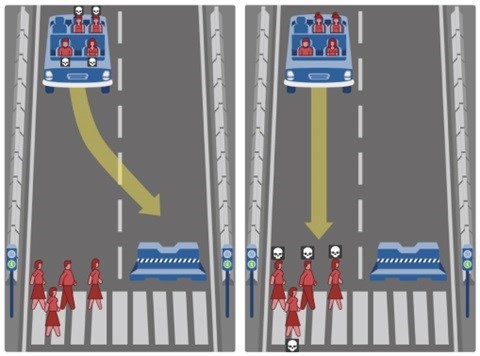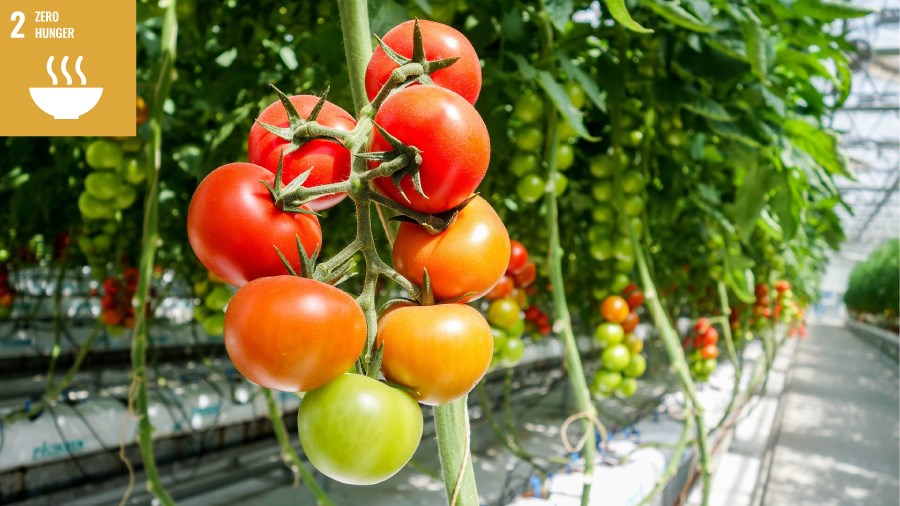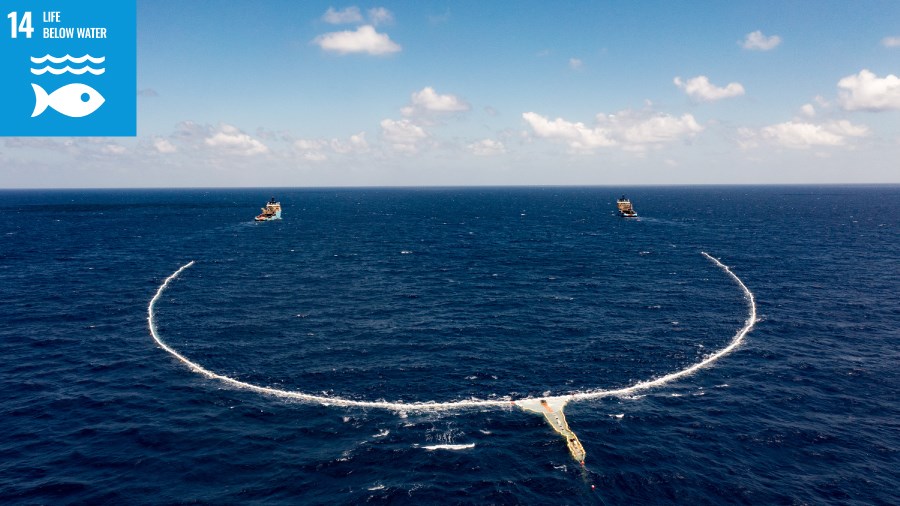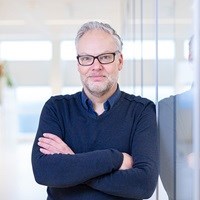Does information technolog contribute to a sustainable society?

Guest lecture 'sustainability in IT'
Today, information technology (IT) touches all parts of our society. We use it every day; phones, laptops, printers, internet, software, apps and so on. Among other things, it ensures interconnectedness and unlimited access to knowledge. Today's society can no longer do without, expects more everyday and faster. Understandable right? IT is a powerful tool to make the world around us smarter and more efficient. At the same time, people are increasingly feeling the urgency to think about the world of tomorrow. Sustainability is receiving more attention and it is precisely because of IT solutions that innovative projects have an increasing chance of success. But what does sustainability look like within IT? What consequences does it entail? And can it contribute to a sustainable society?
In this article you can read the above-mentioned core idea of John van Beek, which he discussed during a guest lecture to the computer science students of Avans University of Applied Sciences.
What do we mean by the term 'sustainability'?
When the word sustainability is used colloquially, we quickly think of our own CO2 footprint, the generation of green energy or climate change in general. Sustainability – fortunately – goes further than that, it addresses all processes and developments that affect people and the environment, but also take the future generation into account. By sustainability we also mean, for example, gender equality, good health and well-being or equal access to quality education. Each of these challenges contributes to a foundation for a peaceful, prosperous and sustainable world.
To make the amount of challenges manageable, the Sustainable Development Goals (SDGs) have been drawn up by the United Nations. They are 17 goals to make the world a better place by 2030. No one should be left behind and everyone should be able to build a better future. To this end, they pay great attention to peace and security, economic development and environmental issues. The SDGs make it possible for organizations and companies to deliver on promises for the benefit of current and future generations.

There are two sides of the same coin
However, no technological development is entirely without risk. Machines will support or even take over more and more human actions. And that has both positive and negative consequences. Every breakthrough in IT therefore has a downside. No computer to date can match the complexity of human intelligence. Computers distinguish themselves in applying rules and performing complex but specific tasks. Sometimes a relatively simple human action can be very complicated for a computer. The autonomy that we now want to grant to a computer can lead to confrontational situations where the computer itself has to make autonomous choices with regard to human life.
The Moral Machine makes these kinds of situations visible. It is a platform that generates moral dilemmas and thus draws attention to the downside of machine intelligence. Below is an example of one of the moral dilemmas, what should the self-driving car do in this case? A question no one likes to answer when the situation arises.

In addition to the above scenario, there are more risks that are causing concern worldwide. We list the points, drawn up by Ericsson – The Earth Institute, for you:
- Privacy and surveillance
The nature of IT and its expansion can lead to loss, invasion and abuse of privacy. - Cyber-security
A network-oriented society is vulnerable. Disrupting this network can become the focus of deliberate cyberattacks and terrorism. - Loss of human skills
The online world will reshape our brain development, which could lead to a loss of our 'human' skills and slowdown of 'real' communities, weakening social interaction and trust. - Possible public concern about health effects
There are concerns about potential health effects from electromagnetic fields and the sedentary lifestyle associated with digital activities. - Electronic waste and carbon emissions
The growth in worldwide possession of digital devices, rapid product turnover and inadequate waste management lead to the accumulation of hazardous electronic waste. - Digital exclusion
Making sure no one is left behind is easier said than done. As a result of digital transformation, age and generation gaps arise. - Child protection and responsible use of internet
The IT industry has a role to play in protecting the safety of children in the online world, including cyberbullying and child sexual abuse.
IT als gamechanger
Although we have to look at new technologies with a conscious and critical eye, it also leads to many positive initiatives. Initiatives that use innovative technologies to build a sustainable society and are worth telling!
A good example of actively using IT to achieve the SDG goals is precision agriculture. Paul van Zoggel, software developer at Van Den Borne – a pioneer in the field of precision agriculture, uses precision agriculture to use technology to very accurately give plants the treatment they need, without causing damage to surrounding flora and fauna. They use new techniques and innovations with minimal impact on the environment. For example, they use soil scans that measure the soil quality and the availability of nutrients in the soil, and then cameras can detect diseases. It aims to minimize the impact of modern agriculture on the environment while maximizing production.

Another well-known example is ‘The Ocean Cleanup’, founded by Boyan Slat – Dutch inventor. The Ocean Cleanup uses machine learning to identify plastic pollution in rivers and simulate how it moves in the ocean. To go into detail, cameras capture images of debris moving through the ocean. These images are then analyzed in Microsoft Azure to differentiate between plastic and organic waste. These insights drive passive clean-up systems to help remove plastics that affect our ecosystems.

Bron: The Ocean Cleanup
Conclusie
We do think so! We believe it's important, but above all very good to transfer our knowledge and practical experience to the next generation, so that they also consciously deal with innovative technologies.
Do you want to know more about this subject? Or do you have an interesting initiative yourself? Contact us!


